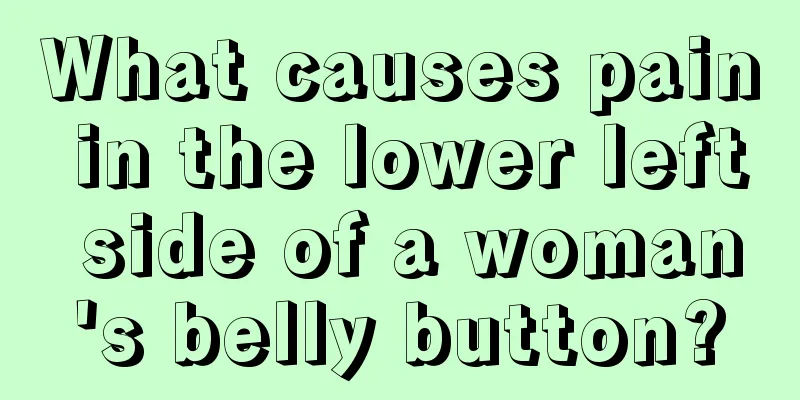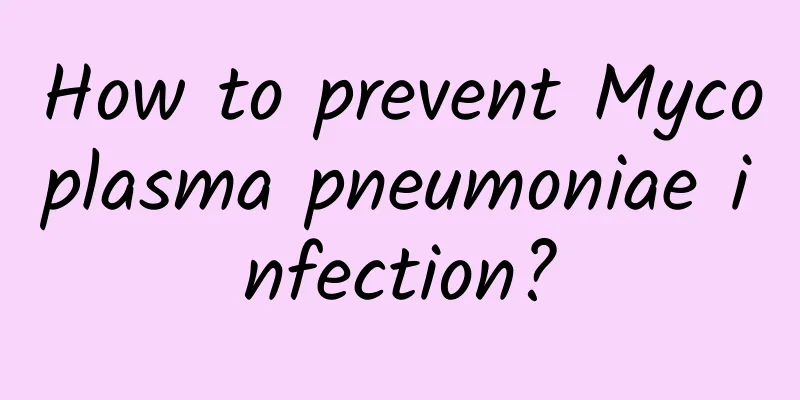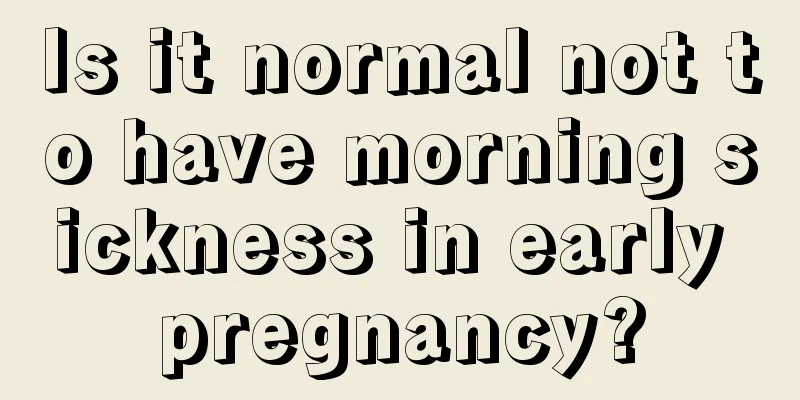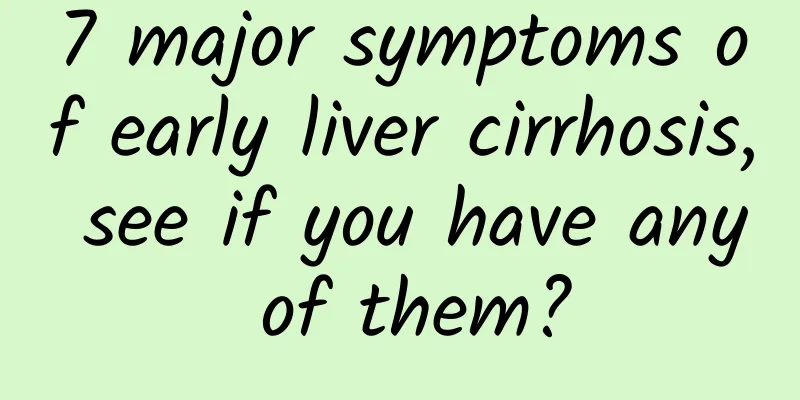What causes pain in the lower left side of a woman's belly button?

|
Pain around the navel is a symptom that many people have experienced, especially in children, the probability of occurrence is also very high. There are many reasons for the pain around our belly button, such as omphalitis, parasitic infection, gastric disease and intestinal cramps. Although these symptoms are not considered very serious, they still require timely treatment. 1. Omphalitis The pain around the belly button is considered to be caused by omphalitis. When adults suffer from omphalitis, in addition to the pain in the umbilicus or around the navel, they will also be accompanied by hematoma, edema, and often have serous secretions with a foul odor. Sometimes omphalitis spreads to the area around the belly button and presents as superficial infection, cellulitis, and systemic symptoms. Recommendation: Omphalitis in adults is usually caused by accidental scratches when cleaning waste and sebaceous glands in the umbilical fossa, which leads to the invasion of bacteria and causes infection. It is recommended to seek medical treatment immediately to prevent the inflammation from worsening. 2. Parasitic infection Pain around the belly button caused by parasitic infection is generally more common in children. In addition to intermittent pain around the belly button, there are also symptoms such as loss of appetite, nausea, vomiting, sallow complexion, thin body, love to eat foreign objects, and dry and thin stools. Recommendation: Parasitic diseases in children are generally caused by unclean diet or not washing hands before and after meals, which leads to the ingestion of roundworm eggs. It is recommended to take medicine according to the doctor's instructions after diagnosis, and educate children about food safety in the future. 3. Stomach disease If the pain is in the upper left part of the navel, it may be some kind of disease in the stomach, such as gastric ulcer, erosive gastritis, etc. It is recommended to have a gastroscopy to observe the internal conditions. 4. Intestinal spasms Intestinal cramps are more common in children. Among them, school-age children often feel pain in the middle abdomen or around the navel when they have intestinal cramps, and the symptoms are paroxysmal, sometimes painful and sometimes not. Suggestion: Abdominal cold, overeating and drinking, eating cold food, excessive sugar in food causing gas in the intestines, etc. may cause intestinal cramps in children. If the symptoms are mild, it is recommended to observe and help the child massage the abdomen to see if it can be alleviated. If the symptoms are serious, it is recommended to seek medical treatment. And we must pay great attention to the children's diet, and we must not let the children eat randomly. |
<<: Pain when pressing on the lower left side of the female navel
>>: Wang Mingming wears a bra made of gauze
Recommend
I heard that chronic rhinitis can easily turn into acute rhinitis? Is this true?
Chronic rhinitis and acute rhinitis are both comm...
What does color Doppler ultrasound of the uterine appendages check?
Because the chances of women developing gynecolog...
A brief discussion on the "king of cancer" - pancreatic cancer. Early detection is very important. Pay attention to this symptom and be sure to take it seriously.
In the past, liver cancer was called the "ki...
Traditional Chinese medicine prescription for maintaining the uterus
We know that Chinese medicine can better treat di...
What to eat to get a miscarriage the fastest at seven months
There are many taboos during pregnancy, especiall...
What does two lines on a pregnancy test stick mean?
When women suspect they are pregnant, they usuall...
What is the best contraceptive method for women after abortion?
Abortion is not only harmful to the body, but als...
How many weeks does morning sickness start in pregnant women?
For many expectant mothers, they may not pay much...
What is the cause of small bumps in the vagina?
Since women's vaginas are always in a humid e...
Many people in the breast surgery team of Zhongshan Second Hospital have developed cancer. Is it really the reagents that are to blame?
The hospital responded quickly to the online rumo...
What causes thigh pain in pregnant women?
After pregnant women become pregnant, female frie...
7 important points to note for prenatal checkup of older pregnant women
Here are 7 important things to note during pre-pr...
How to stop breastfeeding quickly after giving birth
After giving birth, the mother needs to go throug...
What causes uterine fibroids in women
Uterine fibroids are a common disease among women...
What happens if the ovulation test paper shows two lines?
When women use ovulation test strips, they must p...









